Contract Optimization Techniques To Improve Agreements
Content
- What is Contract Optimization?
- Why is Contract Optimization crucial?
- How do you Optimize Contracts?
- Standardizing Terms and Clauses
- Automating Contract Creation
- Utilizing Data Analytics for Insights
- E-Signature Tools
- AI in Contract Analysis
- Key Performance Indicators to Track
- Conclusion
Companies use diverse tools and tactics to complete their contracting process. Streamlining every task associated with the contract lifecycle enables them to sustain lasting relationships. They can guarantee performance, uphold compliance standards, and mitigate risks while dealing with vendors, customers, partners, and employees.
Spreadsheets, calendars, drives, and paper-based signing are useful tools, but they are not always the most efficient. As your business and portfolio expand, it’s time to evaluate your current process and identify shortcomings. This blog post will discuss contract optimization techniques for efficient and productive legal agreements.
What is Contract Optimization?
Contract optimization is the process of enhancing contract management and performance to maximize value and minimize risks. It involves analyzing existing contractual agreements, streamlining workflows, and implementing best practices that lead to better compliance and improved outcomes.
Contract optimization means improving the content, involvement, processes, and storage. Users can measure, compare, analyze, and upgrade contracts. Consequently, contracts flow smoothly and accomplish their goals at every phase of their lifecycle. It reduces the burden on legal professionals and the need for constant intervention. Users are less likely to miss deadlines, payments, and obligations related to sales, procurement, HR, legal, or finance.
Why is Contract Optimization crucial?
The contracting process must be effective from beginning to end for the parties involved to get the intended outcomes. Staying on top of terms, dates, and payments requires constant attention, whether managing finance agreements, sales contracts, service agreements, or NDAs. However, managing portfolios with paper records, spreadsheets, or simple word processing can prove challenging for businesses of all sizes. This is where contract optimization can help parties identify and rectify the shortcomings in their existing proceedings.
Risk Mitigation
Contracts are inherently risky with performance, compliance, and financial requirements. Optimizing the contracting process allows parties to address these complications before they have lasting consequences. They can avoid fines and disruptions due to non-performance or breach of contract. It enables companies to uphold legal, organizational, and industrial compliance standards. Optimization can minimize operational risks while navigating budgets, timelines, and stakeholders.
Cost Savings
An inefficient and delayed contract lifecycle can cost organizations money. They can miss key payment or renewal dates, leading to financial repercussions. Optimization ensures drafting, negotiating, reviewing, and monitoring occur without errors. It lessens the likelihood of legal action, fines, or disagreements over the terms and conditions of contracts. There will not be any revenue leakage from unnecessary spending or missed opportunities during the contractual period.
Enhanced Compliance & Performance
Lasting commercial relationships require parties to a contract to keep their end of the bargain. They need transparency and control over the end-to-end process to keep obligations, legal requirements, and milestones on track. Optimizing contract management makes it possible to manage compliance and performance proactively. Businesses with multiple stakeholders can instill accountability for every contract-related action. They can set clear guidelines that improve compliance and reduce disputes.
How do you Optimize Contracts?
Optimizing contracts begins with clarity. Contractual agreements often contain legal jargon that can confuse parties and lead to misunderstandings. Simplifying language ensures that all stakeholders understand their obligations and rights. A simplified structure reduces negotiation time, lowers the risk of disputes, and improves compliance. By making contracts accessible to everyone involved, businesses foster transparency and faster execution. This foundational step enhances the overall contract lifecycle and supports smoother collaboration across departments.
1. Standardizing Terms and Clauses
Standardization streamlines the contract process by creating consistent terms, definitions, and clauses across agreements. It reduces drafting time, minimizes legal risk, and ensures compliance with company policy and applicable laws. Dock 365 contract management software offers pre-approved clause libraries or templates for legal teams to generate contracts
that require minimal review and time. It also reduces variation, which helps compare performance and risk across multiple contracts. Standardization is particularly beneficial for frequently used contracts like NDAs, MSAs, or SLAs. It improves negotiation efficiency because counterparties become familiar with the language, and fewer changes are needed. Furthermore, it strengthens internal governance by reducing the likelihood of unauthorized or high-risk terms slipping through.
.webp?width=683&height=328&name=Clause%20Library%20(1).webp)
2. Automating Contract Creation
Automation enhances efficiency using Dock 365 contract management software to generate contracts based on predefined templates and inputs. Instead of drafting documents from scratch, users can fill in key information (e.g., names, dates, payment terms) via guided forms, and the system produces a complete, standardized contract. This reduces human error, saves time, and allows non-legal personnel to create compliant documents with minimal oversight. Dock 365 includes features like version control, audit trails, and clause selection based on contract type or risk profile. The standardization improves accuracy and accelerates the drafting phase.

3. Utilizing Data Analytics for Insights
Data analytics transforms contract management by turning raw contract data into actionable insights. By analyzing metrics such as negotiation duration, clause deviations, renewal timelines, and compliance rates, organizations can identify inefficiencies and areas for improvement. For instance, if data shows that certain clauses frequently lead to extended negotiations or post-signature disputes, they can be revised or replaced. Analytics also helps in risk management by flagging contracts deviating from standard terms or involving high-risk counterparties. Over time, this results in improved operational efficiency, reduced costs, and greater contractual compliance.

4. E-Signature Tools
Platforms like DocuSign, Adobe Sign, and Sertifi allow parties to sign documents remotely, significantly reducing turnaround time compared to traditional wet signatures. These tools ensure legality and compliance by creating digital audit trails and maintaining timestamped records of each signature. They also integrate easily with contract management systems, seamlessly transitioning from final approval to execution. E-signatures eliminate geographical constraints and reduce printing, scanning, and mailing costs. For organizations handling large volumes of contracts, the ability to bulk send or automate signature workflows saves substantial time and resources.

5. AI in Contract Analysis
Artificial Intelligence is transforming contract analysis by enabling faster, more accurate review of large volumes of documents. AI tools can identify clauses, flag risks, and detect deviations from standard terms within minutes, tasks that would take humans hours or days. It helps organizations maintain consistency across contracts, reduce manual workload, and minimize the chance of human error. Advanced AI platforms can learn from past contracts, improving accuracy over time. This is particularly valuable during mergers, audits, or when reviewing contracts en masse for regulatory changes. While AI doesn't replace legal expertise, it greatly enhances efficiency and strategic decision-making in contract review and management.
6. Key Performance Indicators to Track
Organizations must track relevant Key Performance Indicators (KPIs) that measure contract efficiency, compliance, and value. Common KPIs include contract cycle time, renewal and expiration tracking, clause deviation frequency, payment accuracy, and post-signature obligation fulfillment. Monitoring these metrics provides insights into bottlenecks, such as delays in approvals or recurring negotiation issues. Tracking value-related KPIs like realized savings, revenue leakage, and vendor performance helps assess whether contracts deliver their intended benefits. Dashboards and analytics tools can visualize these indicators, making it easier to identify trends and take corrective actions.

Conclusion
Contracts are not static—they should evolve with business needs, legal developments, and market conditions. It involves periodic audits of active contracts to check for compliance, performance, and risk exposure. Feedback from stakeholders and KPIs data should inform template and clause library updates. Lessons learned from past negotiations, disputes, or missed obligations can guide improvements in future contracts. Continuous improvement requires advanced tools, legal standards, and efficient staff. Dock 365 creates a feedback loop between legal, procurement, sales, and operations. In dynamic business environments, contract lifecycle management software is crucial to streamline the contracting process, centralize storage, and integrate with other business applications.
Book a Live demo
Schedule a live demo of Dock 365's Contract Management Software instantly.
.png?width=196&height=196&name=MicrosoftTeams-image%20(24).png)
Written by Deepti Gopimohan




